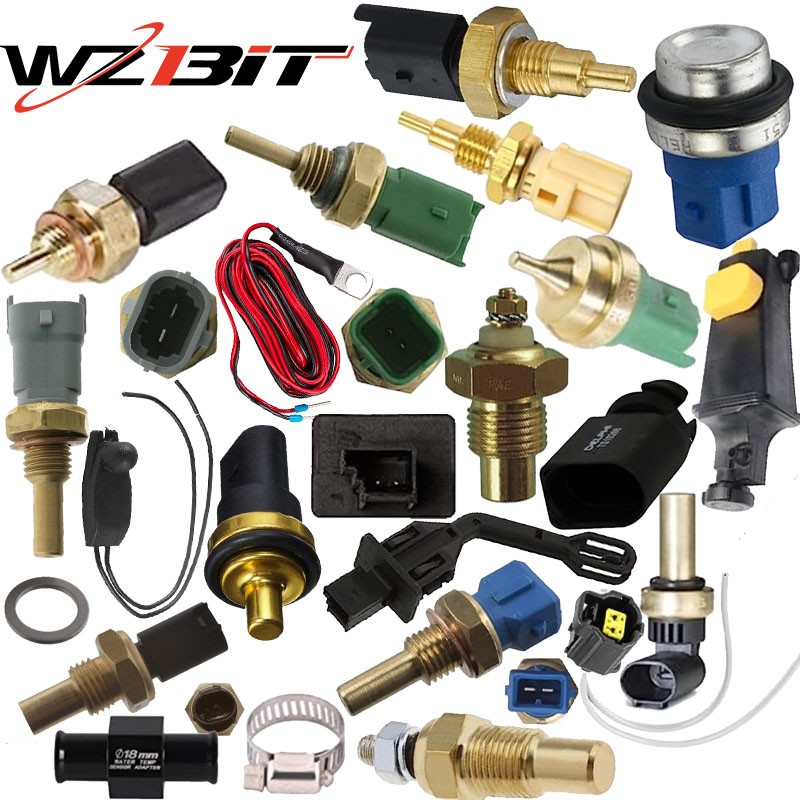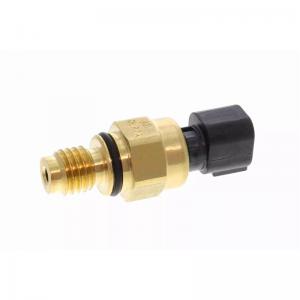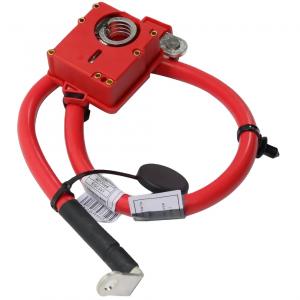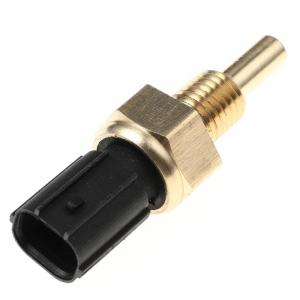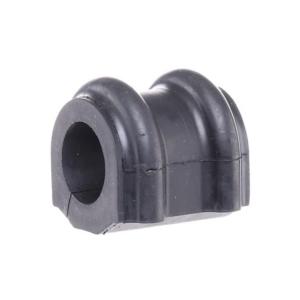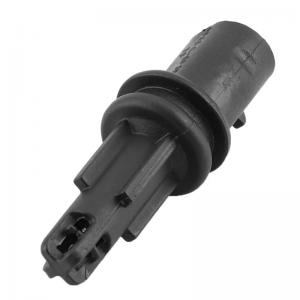Ambient Air Temperature Sensor

An exterior temperature sensor, also known as an outside air temperature sensor or ambient temperature sensor, is a component typically located on the exterior of a vehicle. Its primary function is to measure the temperature of the surrounding air outside the vehicle.
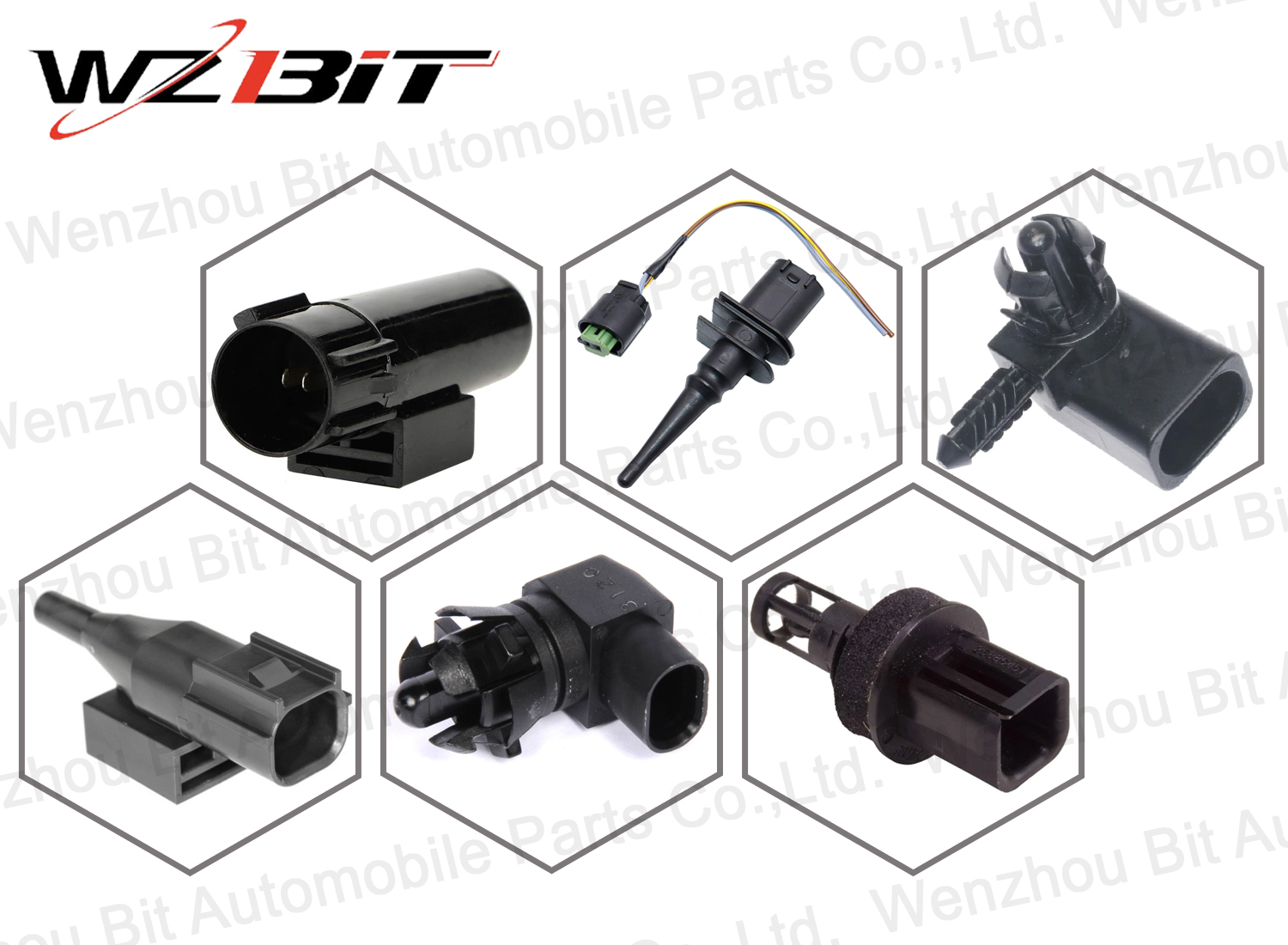
OE Number
G518-61-764A
Compatible Applications
| MAZDA 3 2015-2019 |
| MAZDA 6 2015-2019 |
| MAZDA CX-5 2015-2018 |
Function
- Temperature Measurement: The main function of the exterior temperature sensor is to measure the ambient air temperature outside the vehicle.
- Data Transmission: It sends real-time temperature readings to the vehicle’s climate control system, dashboard display, or other modules within the vehicle’s electronic control system.
- Display and Control: The temperature data helps adjust the climate control settings, such as automatic heating, ventilation, and air conditioning (HVAC), to maintain interior comfort based on the external conditions.
Components
- Temperature-Sensitive Element: The sensor uses a thermistor or a similar temperature-sensitive device to measure changes in temperature.
- Connector and Wiring: Connects the sensor to the vehicle’s electrical system, transmitting the temperature signal to the appropriate control modules.
- Housing: Designed to protect the sensor from exposure to weather elements, ensuring accurate temperature readings.
Operation
- Temperature Detection: Mounted in a location where it can accurately measure ambient air temperature (typically near the front grille or bumper).
- Signal Generation: Changes in external temperature cause the temperature-sensitive element to produce a corresponding electrical signal.
- System Adjustment: The vehicle’s electronic control system uses the temperature data to adjust climate control settings, such as regulating fan speed, adjusting air distribution, or activating window defrosters.
Importance
- Comfort and Convenience: The exterior temperature sensor contributes to passenger comfort by allowing the HVAC system to automatically adjust interior climate settings based on external conditions.
- Safety: Accurate temperature readings assist drivers in making informed decisions, such as anticipating road conditions (e.g., potential ice formation) or preparing the vehicle for extreme temperatures.
- Efficiency: By adjusting HVAC operation based on external temperature, the sensor helps optimize energy usage and improve fuel efficiency.
Maintenance and Troubleshooting
- Calibration: Some exterior temperature sensors may require periodic calibration or adjustment to maintain accuracy.
- Testing: If there are discrepancies in temperature readings or issues with climate control operation, the sensor can be tested using diagnostic tools to verify its accuracy and functionality.
- Replacement: If the exterior temperature sensor fails due to damage, wear, or electrical faults, replacement may be necessary. Replacement involves disconnecting electrical connectors and removing the sensor from its mounting location.
Summary
The exterior temperature sensor is a critical component that provides essential data for climate control systems in vehicles, ensuring passenger comfort, safety, and energy efficiency based on external weather conditions. Regular maintenance and prompt replacement of faulty sensors are important for maintaining accurate temperature readings and overall vehicle performance.
Send your message to us:



